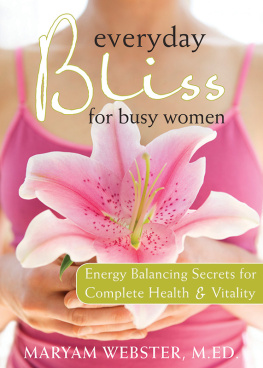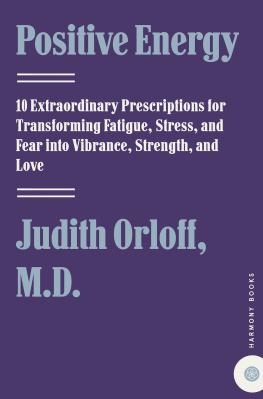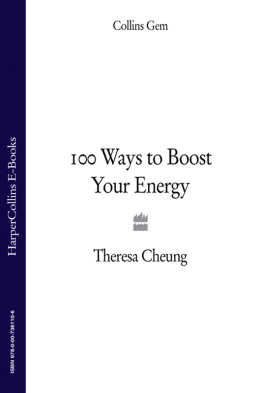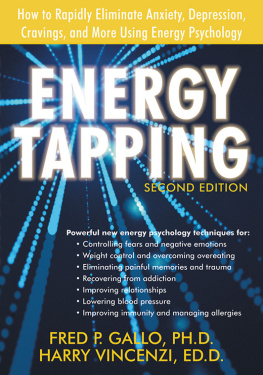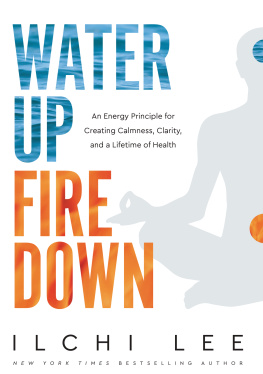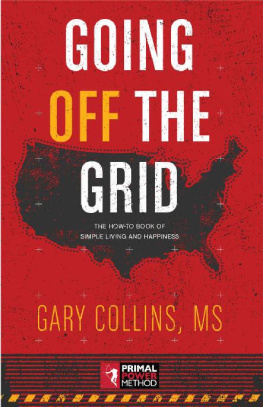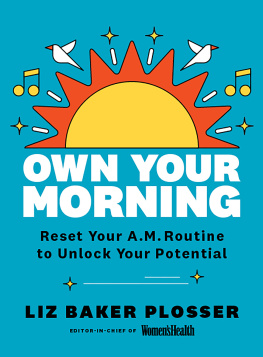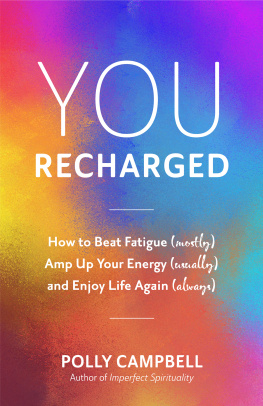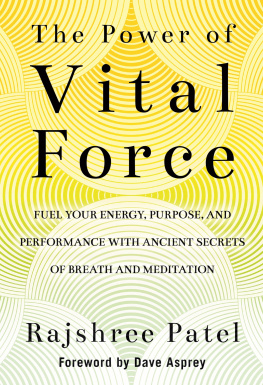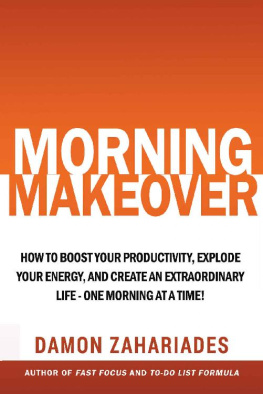Acknowledgments
First, I would like to thank Joseph Campbell, that dear mythologist who enjoined us all to follow your bliss, and gave me the idea to write this book. Thanks also to my spiritual mentor, the mets shaman Corliss d deLarm Jr. who showed me the path of bliss in my own life.
This book would not have been possible without the many coaching clients who helped me refine the Everyday Bliss Process through its diligent application in their own lives. Though I have changed names to protect identities, the examples in this book are taken from the lives of real women with jobs, problems, and issues just like yours. My thanks go to them and also to the Women of Bliss who graciously gave of their time to be interviewed. Though I was only able to include a fraction of these interviews in the book, every single one aided my research and I am grateful to each interviewee. You can hear and read many of these interviews at the books website: www.everydaybliss.org.
I also wish to acknowledge the contributions of John Thie, Donna Eden, David Feinstein, Gary Craig, Larry Nims, and Tapas Fleming, who developed many of the tools you will find in this book. I am particularly grateful to ZPoint Process creator Grant Connolly for his great cooperation and collegial sharing in writing the ZPoint chapter.
Thanks also go to my teachers and primary influences in the field of Neurolinguistic Programming: Tim Halbom, Robert Dilts, Suzi Smith, and the members of the NLP Caf. The field is rich with contributions from different sources, many of which have informed my workthank you all for what you do.
Personal thanks goes to my husband, Jason, and to the Friday Morning WWBD Mastermind group, both of which endured paragraph-by-paragraph dissections with grace and good humor, always coming up with good input.
Thanks also to my editors at New Harbinger. Youve been gracious, accommodating, and unfailingly kind throughout this process. I couldnt have done it without you.
Finally I would like to acknowledge the Everyday Bliss R&D Team, who tested the concepts at www.everydaybliss.org and gave generously of their feedback. Its been a pleasure to create a book with you that will truly make a difference in peoples lives.
Maryam Webster
San Francisco, California
August 2007
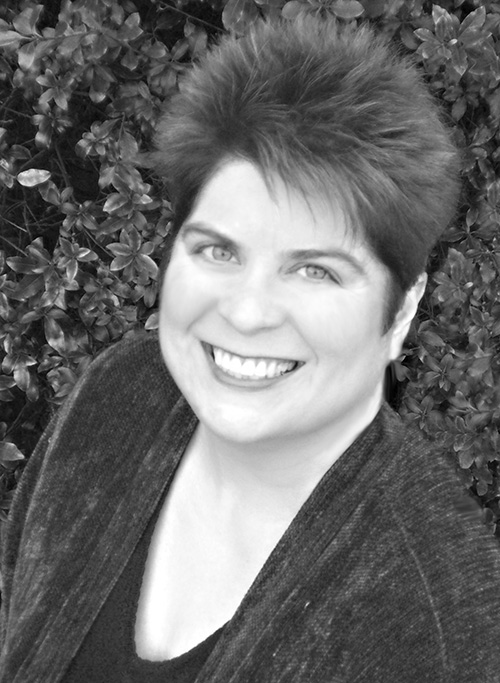
Maryam Webster, M.Ed., enjoyed her career as a transpersonal psychotherapist and practitioner of energy psychology for twenty years, then retrained as a personal performance coach. She merged powerful energy psychology techniques with high-performance coaching methods to create the new field of energy coaching. In addition to directing The Energy Coach Institute and leading its Certified Energy Coach Program, Maryam works with women in leadership positions, helping them to regain their bliss to excel both at work and at home.
Maryam is both a current member and a former board member of the Association of Comprehensive Energy Psychology. She is also a contributing member of the International Association of Coaching, the Institute of Noetic Sciences, and the Institute for the Advanced Studies of Health. Maryam continues to develop the field of energy coaching, providing both advanced training and research to the professional community. She lives in the San Francisco Bay Area.
Chapter 1
1. Redefining Selfish and Reclaiming Extra Time
This chapter relates to of the Everyday Bliss Process.
It may not come tomorrow, but if youre a working woman (and this most definitely includes stay-at-home moms), chances are your wake-up call will come sooner rather than laterthe siren signal that all is not well in your world, that things are, in fact, very much out of balance, that your cup is close to being drained dry. And when youre at this point, everyday bliss may seem far from possible. But it is achievable, and this book will help you bring it back into your life.
For coaching-world entrepreneur Andrea Lee, the call back to everyday bliss came in the form of heart palpitations, insomnia, tremendous surges of anger, and so strong a feeling of being overwhelmed that she feared she was about to die. In 2002, Andrea was general manager of CoachVille, then the worlds largest personal and business coaching organization. When its charismatic founder Thomas Leonard died of a sudden heart attack, CoachVille was thrown into turmoil; its forty thousand member coaches all looked to Andrea to make sense of things. In trying to care for others, Andrea, as so many of us do, drained herself dangerously dry. A spontaneous acupuncture appointment literally saved my life, she says. My body was really leaving meI thought I was going to die. And it was only then that I paid attention.
Heeding her bodys frantic distress calls, Andrea dropped back and found her bliss againbut not without some effort. It was worth it though, she says with a soft smile. Id have died if Id kept up that pace. To rebalance, she now regularly engages in a meditative practice of Feldenkrais and takes time for herself, which she uses to hang out with her two dogs and husband, linger in bubble baths, listen to loud music,really loud music! and just think.
She smiles more now and has deliciously slow but rich thoughts that bring abundance without struggle to her Andrea J. Lee Group of Companies (www.andreajlee.com). Her marital relationship, once fractured, has healed and become sweet again. Palpitations and stomach sourness are things of the past. Slowing down, she says, was one of the keys to her bliss.
Dedicate Yourself to a Life of Everyday Bliss
Odds are that you, like Andrea, live at least part of your life at warp speed. Who doesnt nowadays? Take five minutes right now to sit down, become quiet (no TV, radio, iPod, or other distractions), and dedicate yourself to your own well-being.
First, find a mirror large enough to see your whole face in. Sit in a quiet place and silently affirm yourself to be in a separate time and space from the rest of the world. If you wish, light candles or incense. Next, look into your eyes in the mirror and affirm to yourself:
I am worth putting first in my life. I am enough, just as I am. Nothing requires me to go at light speed. What is meant for me can never be lost and will always be there. There is no need to rush; I can take as much time as needed for what is important. I dedicate myself to exquisite self-care and the cultivation of everyday bliss in my life. I am worth this.
Creating a Blissful Space
If you dont already have one, please craft yourself a personal altar. This isnt a religious altar but a placeat home or the officethat you can go to for personal sustenance throughout your day. Situate your altar in a small corner of your bedroom, home office, or some other room that you can shut the world out of; keep this space continually devoted to your Everyday Bliss work. For the altar itself, you can use anything from a corner of a bookcase to a small table you keep just for that purpose. Dress it up with whatever items remind you of peace, relaxation, and being in harmony with your universe.
Also, keep a small icon that symbolizes your bliss practice at work. Choose something that will blend in with your desk itemsthis could be a stone, small figurine, candle, or other small object. This object is a secret signal to you throughout your work week that will remind you to use the Everyday Bliss Process.
As you go deeper into the Everyday Bliss Process, make your altar truly portable by creating your ideal personal development space in your mind. Daydream: If you could have your altar anywhere in the world, in space, time, and place, where would it be? What would you want in this inner altar space? What would it look like, feel like, and smell like? How would you feel when you are here? In many meditation traditions, this is called building the inner temple. This inner sanctuary is a powerful place you can go to for renewal.

